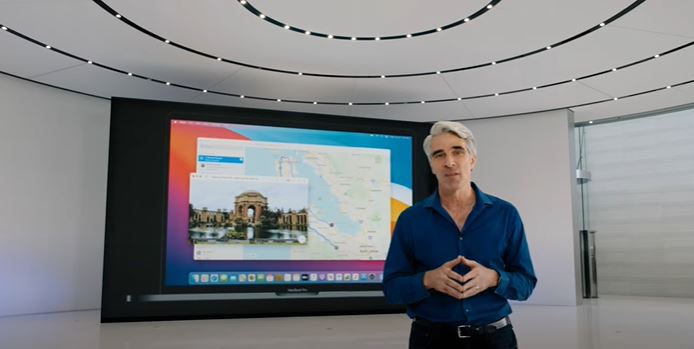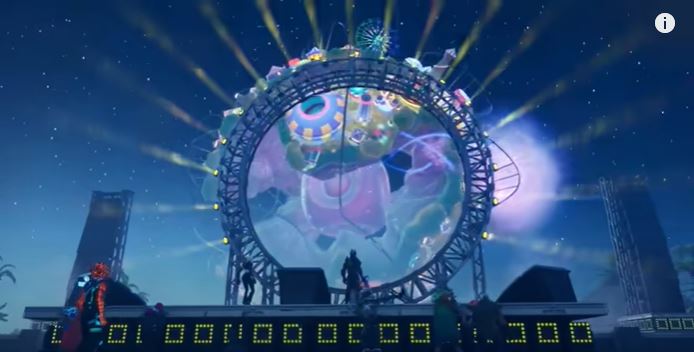It has been half a year since the first reported case of COVID-19 infection on Thai shores. Since then, the phrase “New Normal” has become the go-to buzzword to describe the extensive changes our lives have since undergone.
For a sizable number of businesses, technology has proven to be an obvious and effective – if not always simple – quick fix to keep things moving at work. Much like in other industries, the communications trade has turned to video calls and webinars as default alternatives to the usual media engagement tactics.
However, with the pandemic showing few signs of slowing down on a global scale, these handy quick fixes will start to feel stale to their target audiences sooner or later… unless we take into account some valuable learnings from several adjacent sectors.
Remember the camera
We have seen a fair share of virtual press conferences in the past few months, and the usual look still applies to most of them – a giant screen suspended in darkness, looming over a solo presenter talking to a small or nonexistent audience. While reasonably engaging, there is a reason why this exact setup remains confined to press conferences – they don’t exactly make for engaging viewing in the long run.
For a remedy, we can seek inspiration from the real experts when it comes to producing content for the screen: television and film. Adding touches like multiple camera angles and seamless cuts between the stage and pre-recorded footage can go a long way towards turning a stale stage address into a livelier experience.
For a best-in-class example, check out Apple’s special event keynote for the Worldwide Developers Conference 2020. Over the course of almost two hours, the keynote stream makes use of multiple different locations, a camera that never sits still, appropriate intercuts between stage, screen, and direct feed footage, and cinematic transitions across segments.

Stay active, be interactive
While not having an audience present in the actual event does reduce the energy level several notches, one upside of the virtual event format is that interactions between speaker and viewers take much less effort on both sides. In addition to more traditional elements like Q&A sessions, check out your preferred video conferencing platform for extra options that can boost audience engagement.
Live polls, for example, allows viewers to have a say in the on-stage conversation with minimal effort. The virtual ‘raise hand’ feature can be turned into a mechanic for a game show-style contest, while collaborative whiteboards bring everyone in the room to contribute on the same level.
Vary the scales
It will be a while until we see large-scale physical events return in their full glory, but that does not mean we cannot close the distance between event and audience. Huawei, for instance, was one of the first smartphone makers to organize a virtual global event that cascades into smaller scale physical events where journalists in each market can get hands-on time with new products under guidance from local spokespersons. Separate one-on-one interviews or even consultation sessions can easily be set up via video, and an online booking service can help sort out the hassles of reserving a spot in these smaller activities.
All in on virtual
Alternatively, certain types of activities may benefit from fully embracing the virtual format, and this is another area where there is expertise to be drawn from another industry.
One of the biggest public events in the world held during the pandemic was a series of live virtual mini-concerts by rapper Travis Scott – all held inside the free-to-play videogame Fortnite – with the opening show on April 23 drawing an audience of 12.3 million concurrent players (or viewers). By embracing extreme new possibilities that come with choreography in a fully digital space, Scott’s virtual performance proved to be a big draw for repeat attendees with 27.7 million people logging in to take part for a total of 45.8 million times across five showings.

As communicators around the world experiment with different blends of arts and sciences to land their messages amidst a landscape of uncertainty, one thing is certain: we will certainly see more inventive ways for brands to tell their stories to audiences of all sizes. The race is on for new standards and new expectations in the next normal, and we can’t wait to see how far we will go.